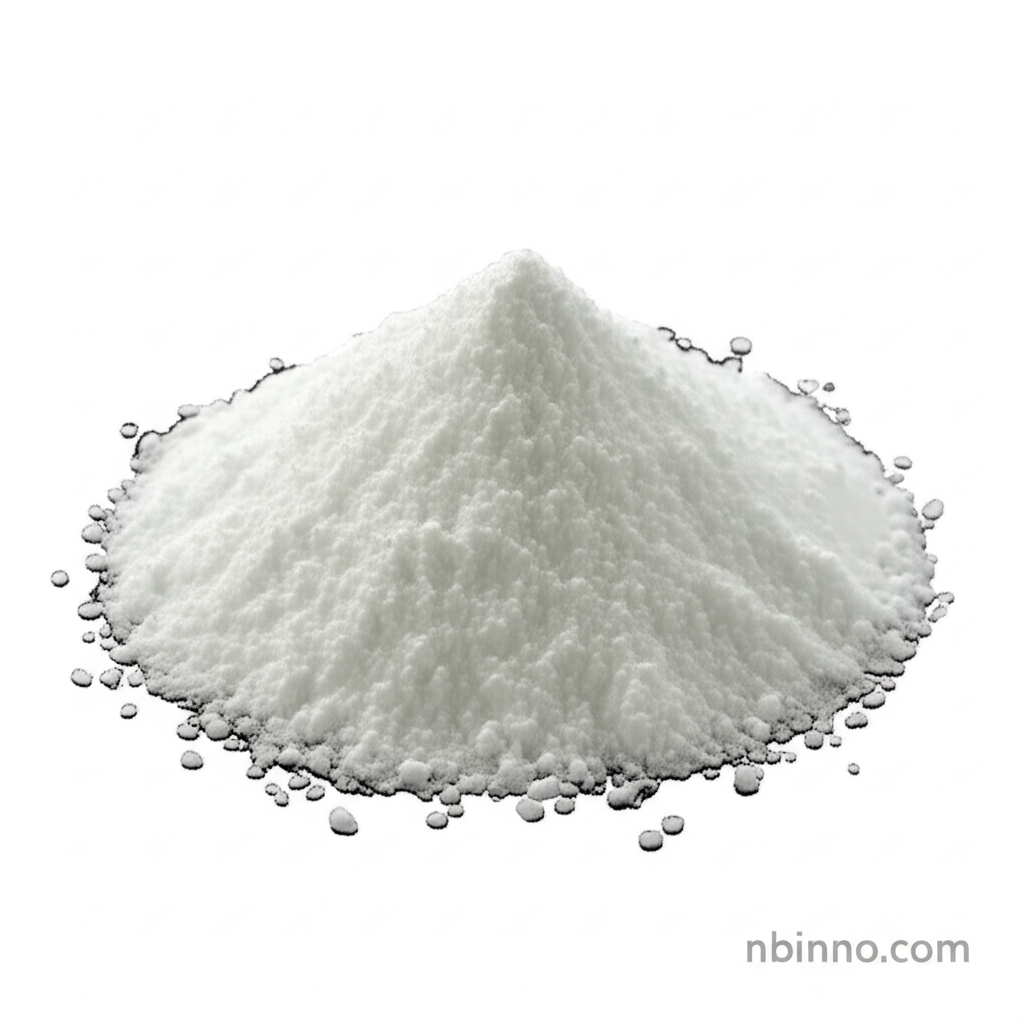Octadecylphosphonic Acid: Revolutionizing Thermal Paper and Beyond
Discover the versatile applications and unique properties of Octadecylphosphonic Acid (ODPA) in thermal paper and advanced material science.
Get a Quote & SampleProduct Core Value

Octadecylphosphonic Acid
Octadecylphosphonic acid is a chemical compound extensively utilized in the formulation of thermal paper for receipts, adding machines, and tickets. Its unique chemical structure enables it to react with heat to produce clear and durable prints. Beyond thermal paper, it serves as a valuable ingredient in various industrial and research applications.
- Discover the essential role of octadecylphosphonic acid in thermal paper for crisp and lasting prints, making it a preferred choice for point-of-sale transactions.
- Explore the surfactant properties of n-octadecylphosphonic acid, crucial for its effectiveness in emulsification and dispersion processes across different industries.
- Learn about the potential of octadecylphosphonic acid in advanced research areas such as proteomics and nanoparticle synthesis for innovative applications.
- Understand how octadecylphosphonic acid can form self-assembled monolayers on various surfaces, enhancing material properties and providing protective barriers.
Key Advantages
Enhanced Print Clarity
The use of octadecylphosphonic acid in thermal paper ensures sharp, clear, and smudge-free prints, improving readability and customer satisfaction in retail and ticketing environments.
Surface Modification Capabilities
Leverage the ability of n-octadecylphosphonic acid to create self-assembled monolayers, offering superior surface properties, adhesion, and durability for various materials.
Versatile Chemical Properties
As a potent surfactant, emulsifier, dispersant, and chelating agent, octadecylphosphonic acid provides broad utility in chemical formulations and industrial processes.
Key Applications
Thermal Paper Manufacturing
Octadecylphosphonic acid is a cornerstone ingredient in the chemical coating of thermal paper, enabling heat-activated printing for receipts, labels, and tickets.
Surface Science and Engineering
Its capacity to form stable self-assembled monolayers makes ODPA invaluable for modifying surface properties, enhancing wettability, and improving adhesion in coatings and films.
Proteomics and Biochemical Research
Researchers utilize octadecylphosphonic acid in advanced studies, including proteomics research, leveraging its unique chemical structure and interactions.
Nanomaterial Synthesis
The compound plays a role in preparing modified mesoporous magnetic nanoparticles, showcasing its utility in cutting-edge nanotechnology and material synthesis.
